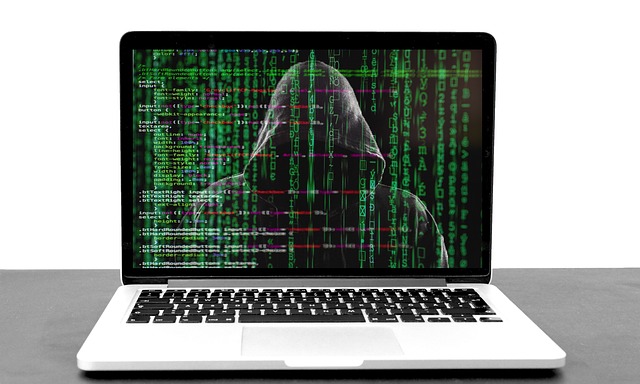
Phishing is a method of online fraud that involves the use of emails, websites, and other means to deceive victims into providing confidential information such as passwords, credit card numbers, and bank account details.
It can also be used to spread malicious software or gain access to sensitive systems. While phishing attacks are becoming increasingly sophisticated, there are steps you can take to protect yourself from being scammed.
Definition Of Phishing
Phishing is defined as a type of online fraud that seeks to obtain sensitive information such as passwords, credit card numbers, and bank account details through deceptive means. It is typically done by sending malicious emails or links to websites where the victim will be asked to provide this information.
The goal of phishing attacks is usually financial gain, but they can also be used for identity theft or other malicious activities. Phishing scams can come in many forms, from fake emails and social media messages to websites designed specifically for phishing attacks. That is crucial to recognize these scams and take steps to protect yourself from becoming a victim.
Types of Phishing
There are several different types of phishing attacks, each with its own unique characteristics. Spear phishing is a targeted attack that sends personalized emails to individuals or companies. These emails often appear to come from trusted sources, such as banks or other organizations and contain malicious links or attachments.
Whaling is another type of phishing attack that targets high-profile individuals such as executives and politicians. Vishing is a form of phishing that uses voice calls rather than email messages to attempt to steal sensitive information. Finally, smshing (or smishing) uses text messages instead of email to try and obtain confidential information from victims.
Email Phishing
Email phishing is the most common type of phishing attack and involves sending malicious emails that appear to come from a legitimate source. These emails often contain links or attachments that contain malicious code. For example, the email may appear to be from your bank, but when you click on the link it will download malware onto your computer.
It is important to always be cautious when dealing with unsolicited emails and never clicks on unknown links or attachments. If you have any doubts about an email’s authenticity, contact the sender directly before taking any action.
SMS/Text Phishing
SMS/text phishing (or smishing) is a type of phishing attack that uses text messages instead of email to try and obtain confidential information from victims. These texts can appear to come from trusted sources such as banks or other organizations and may contain malicious links that will download malware onto your phone.
Be aware of this type of attack, as it can be difficult to recognize the difference between a legitimate message and one sent by a phisher. To protect yourself, never click on links or attachments in unknown texts, and delete any suspicious messages immediately. Make sure your phone has up-to-date security software installed so it can detect any malicious attempts at accessing your data.
How To Protect Yourself
In order to protect yourself from phishing attacks, be aware of the different types of scams and take proactive steps to detect them. First and foremost, never provide personal or financial information in response to an unsolicited email or text message.
When dealing with emails or websites that may contain malicious links or attachments, always double-check the sender’s email address and website URL before clicking on any links. By taking these precautions you can help ensure that you are not a victim of phishing scams.
Be cautious when dealing with emails or websites that may contain malicious links or attachments, even if they appear to be from someone you know and trust. Always double-check the sender’s email address and website URL before clicking on any links.
Never respond to requests for personal information such as bank account information or credit card numbers via email or text message. Legitimate organizations will never ask you to provide sensitive information in this way, and even if the message appears to be from someone you know and trust, it could still be a scam.
Always be suspicious of unsolicited messages that ask you to click on links or download files, even if they appear to be from someone you know and trust. These types of messages can contain malicious code or links to websites where the victim will be asked for sensitive information. To protect yourself from phishing scams, never click on unknown links or attachments, and delete any suspicious emails immediately.
Conclusion
Phishing is a type of online fraud that seeks to obtain sensitive information such as passwords, credit card numbers, and bank account details through deceptive means. This can lead to financial loss, identity theft, and other potential risks. To protect yourself from phishing scams it is important to be aware of the different types of attacks and take proactive steps to detect them.
Be cautious when clicking links or downloading attachments in emails and never respond to requests for personal information via email or text message. Additionally, make sure your computer has up-to-date anti-virus software installed so it can detect any potential threats. By following these tips you can help ensure that you are not a victim of phishing scams.

